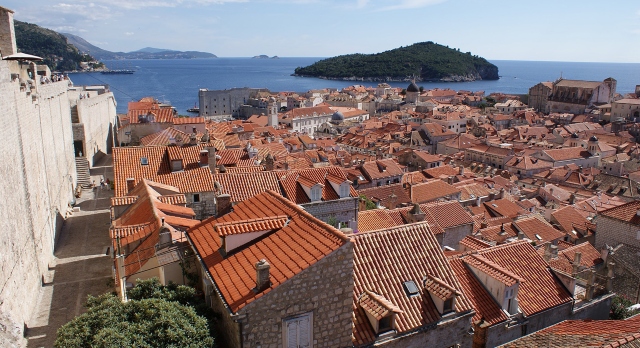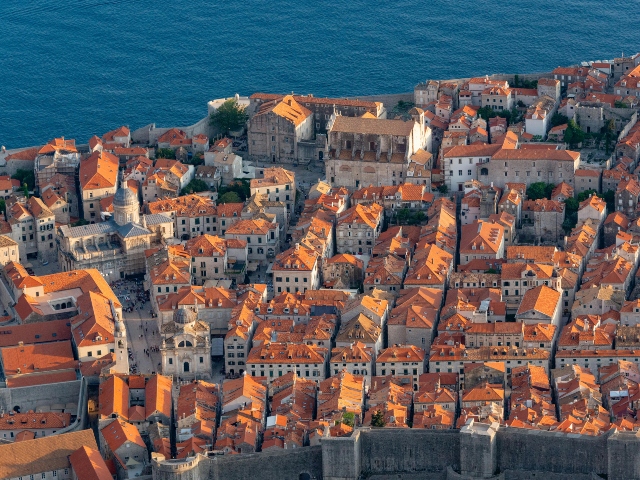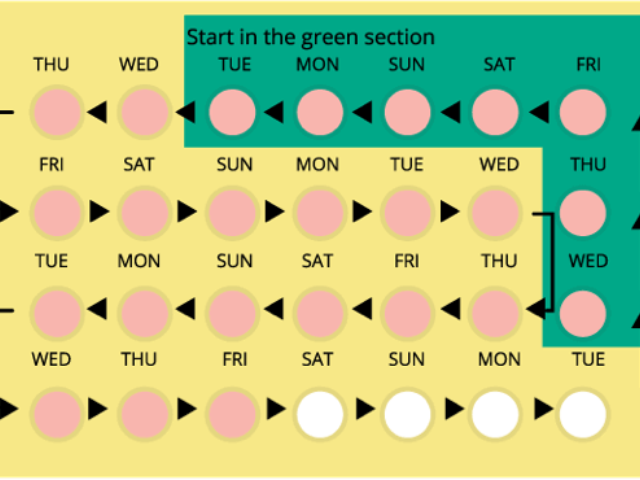
-
Croatian Millennials Can’t Afford To Buy Houses, So They Build On Top Of Their Parents’ Home
05 Jun 2024 by Heinrich in Vibe, World
[imagesource:pexels]
Croatian millennials who have been priced out of buying homes in their towns have come up with a genius, yet sad way around the problem of exorbitant house prices and limited space – they are building extra floors on top of their parents’ existing houses.
Eurostat, the EU statistical office, notes that house prices in Croatia have climbed steadily over the past decade, and last year experienced the highest annual increase among the 27 member states.
As a result, many Croatian millennials are stuck living at home well into their mid-30s — the highest average age in Europe.
One of these millennials, Bogdan Dascalescu, 37, lives in Mokošica — a suburb of Dubrovnik situated just across a major bridge. Though more affordable than the city’s picturesque Old Town, property prices here are still beyond the reach of most locals his age. While some Gen-X and boomers bought land in Mokošica before Croatia’s War of Independence in the 1990s, or shortly afterwards, when property prices were relatively low, millennials have been largely priced out.
And given Mokošica’s hilly and rocky terrain, expanding properties horizontally is challenging. The landscape means there’s a scarcity of affordable land to buy and build on.

[image:inspirationcroatia]
Devoted parents unwilling to leave their children in the lurch have devised a practical solution: building additional floors on top of their existing homes for their kids and grandkids to live in.
Originally a two-bedroom, two-story home, Mokošica’s father built two more stories soon after his eldest son got engaged. Now, Dascalescu and his wife live on their own floor, beneath her brother and his children, who live beneath their parents.
Homes like this in Croatia often feature lockable doors for each level, with internal or external staircases connecting the individual spaces inside.
“Adding an additional floor to a house is currently the most affordable option for young families,” Filip Brkan, a member of the Real Estate Business Association of the Croatian Chamber of Economy, told Business Insider.
Brkan said what’s happening in Mokošica is happening in suburbs across Croatia, reflecting an ongoing housing crisis in which “young people practically have nowhere to live.”
Dubrovnik’s Old Town, a UNESCO World Heritage site, has stringent conservation rules that mean you “can’t build sideways, you can’t build up to make the fourth floor,” says Ivan Vukovic, a 43-year-old tour guide and lifelong Dubrovnik resident.
But in Mokošica, more relaxed planning regulations mean that the solution of adding floors remains a popular one.
[source:businessinsider]
Latest News
-
René Magritte Painting Sells For Record R2.1 Billion At Auction
[imagesource:renemagritte.org] A René Magritte painting portraying an eerily lighted s...
-
Brave Rape Survivor Alison Botha Faces New Challenge After Brain Surgery
[imagesource: Alison Botha] Gqeberha rape survivor Alison Botha, a beacon of resilience...
-
Get Ready For The Mother of All Celebrations As MCQP Turns 30
[imagesource:mcqp/facebook] Clutch your pearls for South Africa’s favourite LGBTQIA+ ce...
-
The Iconic Good Hope Centre Is Set For Redevelopment
[imagesource:capetown.gov] The City of Cape Town’s Mayoral Committee has approved the...
-
‘Yaz Plus’ Contraceptive Pills Recalled Due To Packaging Mix-Up, Posing Potential Pregnancy Risk
[imagesource:drugwatch] Jassis, Yaz. This is a full-blown mess. In what appears to b...
-






























